Growing a resilient, productive food garden that thrives year after year without constant replanting is every gardener’s dream. That’s where cold-hardy edible perennials come into play. Unlike annuals that require sowing each season, perennials return reliably year after year, making them a sustainable and time-saving option for home gardeners. For those living in cooler climates, cold-hardy edible perennials are particularly valuable, as they withstand frost and freezing temperatures while still offering delicious, nutritious harvests.
In this guide, we’ll explore five cold-hardy edible perennials that deserve a place in your food garden. We’ll cover their growing conditions, care tips, and the benefits they bring to both your garden and kitchen.
1. Rhubarb (Rheum rhabarbarum)
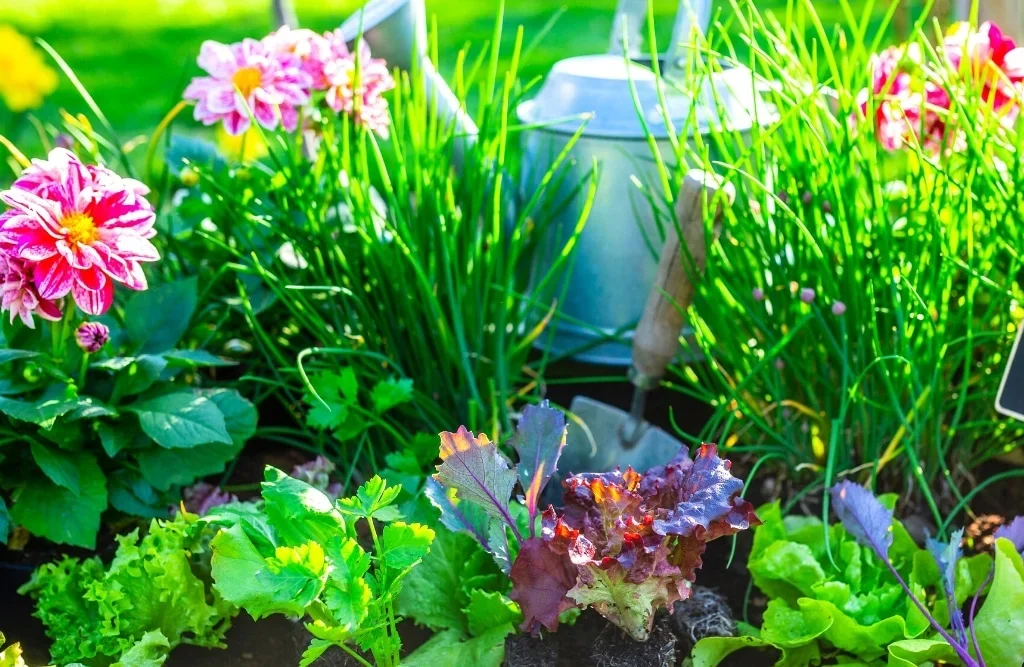
Rhubarb is a classic cold-hardy perennial that thrives in cool climates and rewards gardeners with tart, flavorful stalks year after year.
Growing Conditions:
- USDA Zones: 3–8
- Soil Needs: Rich, well-drained soil with plenty of organic matter
- Sunlight: Full sun to partial shade
Care Tips:
- Plant rhubarb crowns in early spring or fall, giving them plenty of space (at least 3 feet apart).
- Avoid harvesting during the first year to allow the plant to establish strong roots.
- In winter, cover the crown with mulch to protect it from extreme frost.
Harvest and Use:
- Stalks are harvested in spring and early summer, offering a tangy addition to pies, jams, sauces, and desserts.
- Only the stalks are edible—never eat rhubarb leaves, as they contain toxic oxalic acid.
Rhubarb’s resilience and distinct flavor make it one of the best edible perennials for cold-weather gardens.
2. Asparagus (Asparagus officinalis)
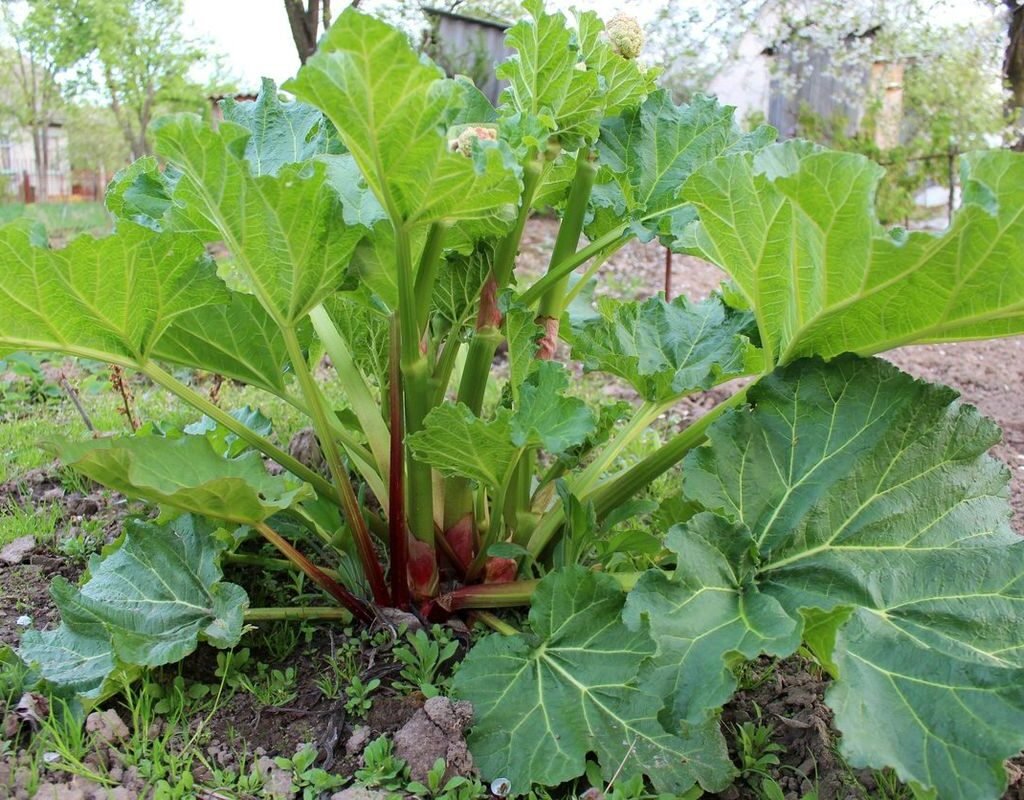
Asparagus is one of the most rewarding cold-hardy perennials, prized for its tender shoots that emerge in early spring—the very first harvest of the season.
Growing Conditions:
- USDA Zones: 3–8
- Soil Needs: Sandy, well-drained soil enriched with compost
- Sunlight: Full sun
Care Tips:
- Start with asparagus crowns planted in trenches 6–8 inches deep.
- Be patient—asparagus takes 2–3 years before reaching full harvest potential.
- Mulch annually and fertilize with compost to encourage vigorous growth.
- Plants can remain productive for up to 20 years with proper care.
Harvest and Use:
- Spears are harvested in early spring when they reach 6–8 inches tall.
- Enjoy them fresh, roasted, grilled, or in soups and salads.
Asparagus not only provides a delicious early-season crop but also adds ornamental feathery foliage that beautifies your garden.
3. Jerusalem Artichoke (Helianthus tuberosus)
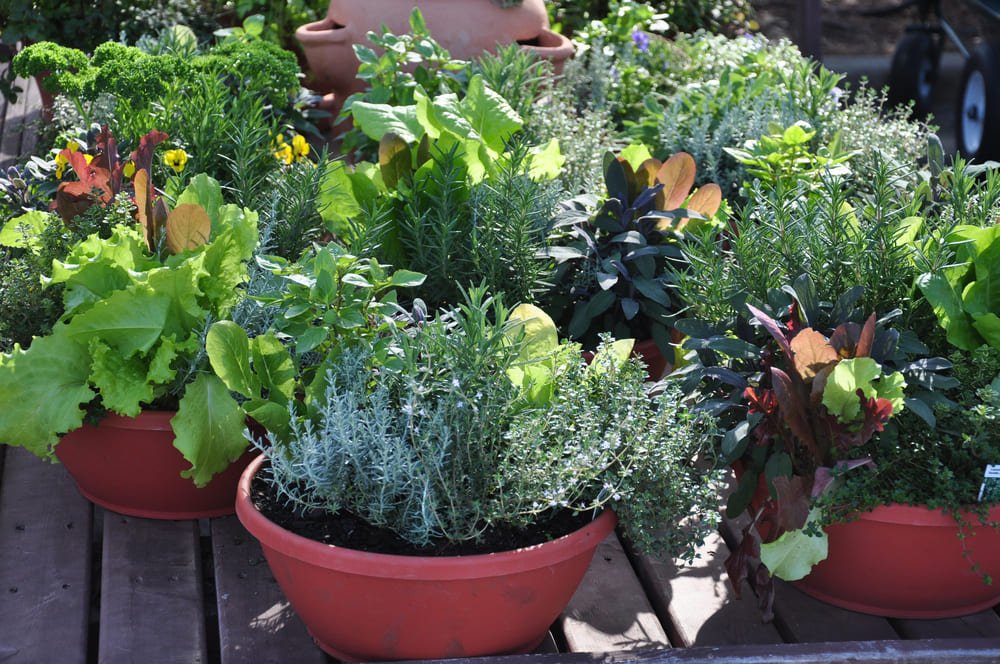
Also known as sunchokes, Jerusalem artichokes are hardy perennials producing knobby, potato-like tubers that remain crisp and nutty in flavor.
Growing Conditions:
- USDA Zones: 3–9
- Soil Needs: Loamy, well-drained soil
- Sunlight: Full sun
Care Tips:
- Plant tubers 3–5 inches deep and 12–18 inches apart.
- They can spread aggressively, so consider growing them in contained areas or raised beds.
- After frost, cut back dead stalks and mulch lightly to protect the soil.
Harvest and Use:
- Tubers can be harvested after the first frost, when their sweetness intensifies.
- They can be roasted, sautéed, or eaten raw in salads for a crisp crunch.
Jerusalem artichokes are highly cold-tolerant and store well in the ground, offering a reliable winter food source.
4. Sea Kale (Crambe maritima)
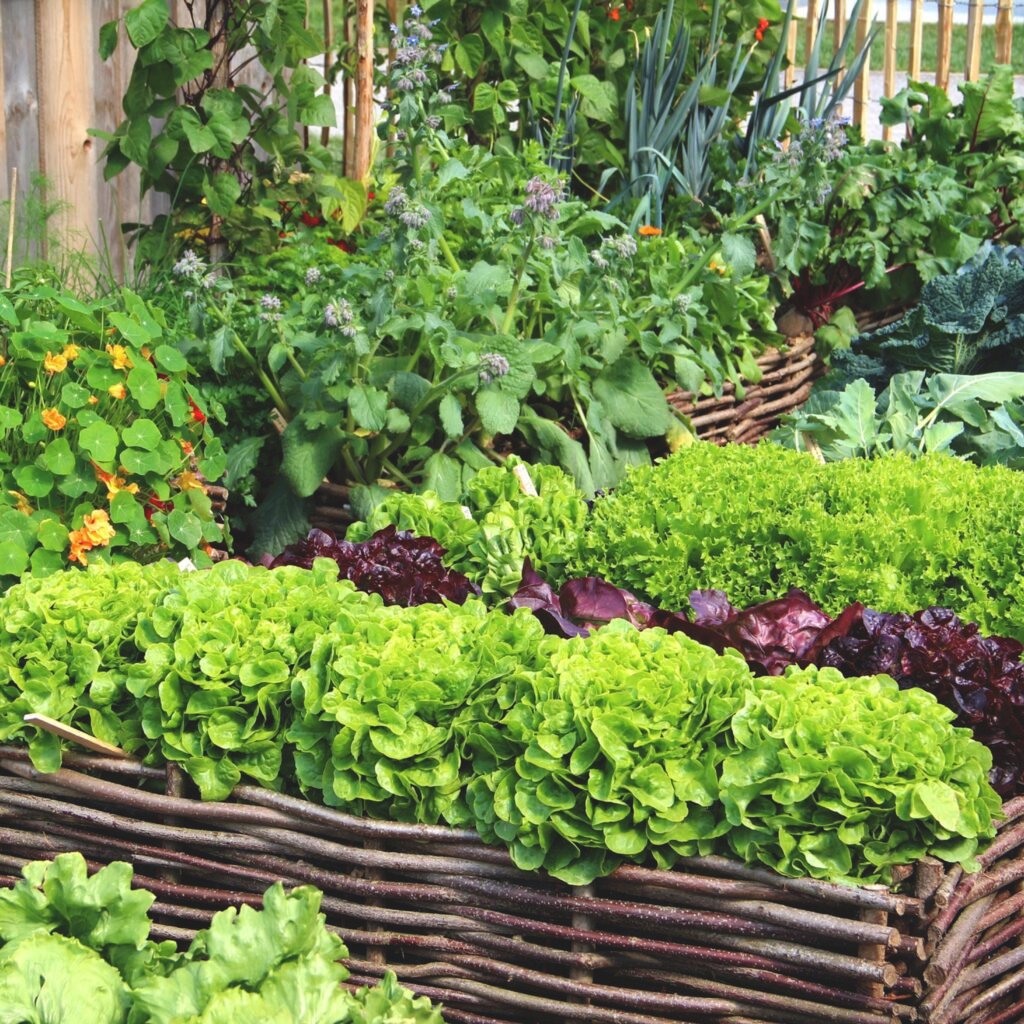
A lesser-known perennial, sea kale is a nutritious, cold-hardy plant with edible shoots, leaves, and roots. It has long been cultivated in Europe as a vegetable and is gaining popularity in home gardens for its versatility.
Growing Conditions:
- USDA Zones: 4–8
- Soil Needs: Sandy, well-drained soil with good drainage
- Sunlight: Full sun to partial shade
Care Tips:
- Sea kale can be propagated from root cuttings or seeds.
- It requires minimal maintenance once established but benefits from mulching in winter.
- To achieve tender blanched shoots in spring, cover the plant with a pot or cloche.
Harvest and Use:
- Young shoots in spring are eaten like asparagus.
- Leaves can be harvested for cooking like spinach.
- Roots are edible when boiled or roasted.
Sea kale is highly ornamental, with broad, bluish leaves and fragrant white flowers that also attract pollinators.
5. Sorrel (Rumex acetosa)
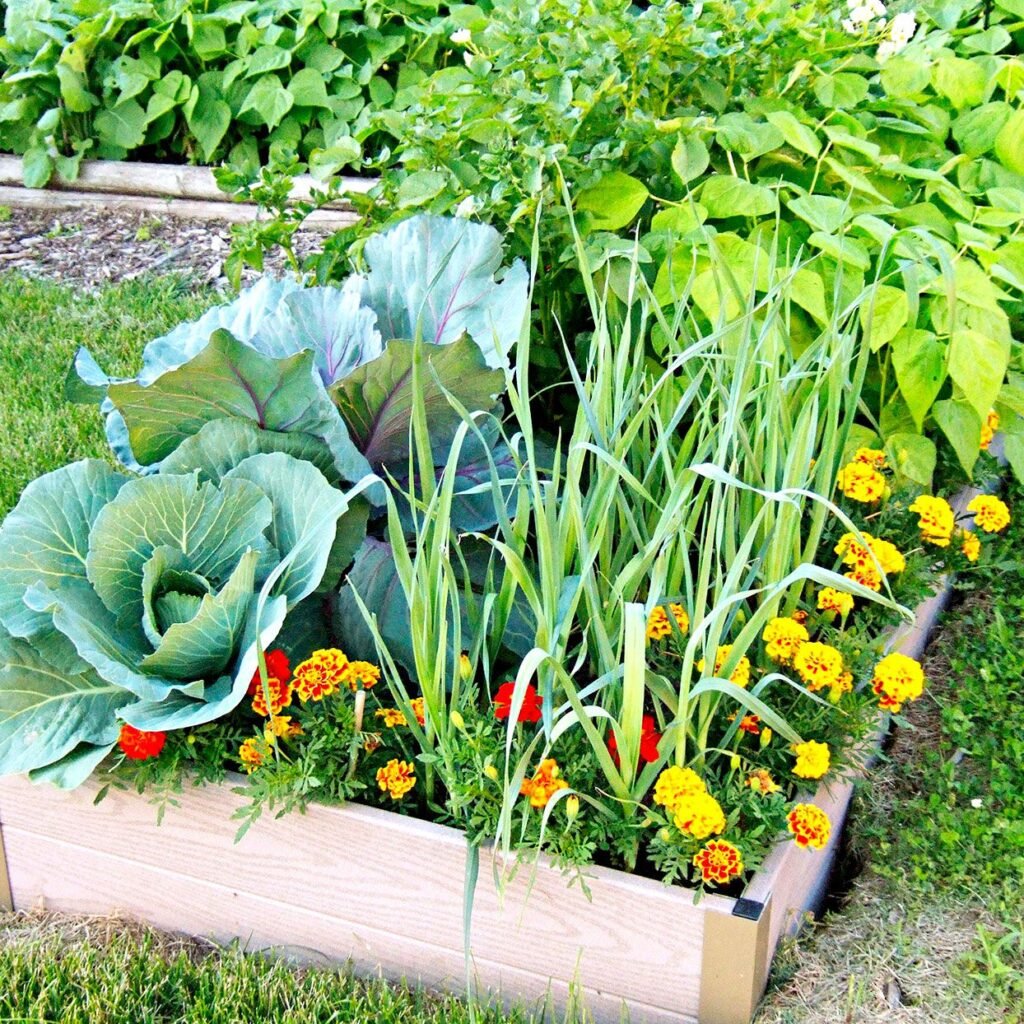
Sorrel is a leafy green perennial known for its lemony, tangy flavor that adds zest to soups, salads, and sauces.
Growing Conditions:
- USDA Zones: 3–9
- Soil Needs: Fertile, moist, well-drained soil
- Sunlight: Full sun to partial shade
Care Tips:
- Plant sorrel from seed or transplants in spring.
- Cut back flower stalks to encourage leaf production.
- Mulch heavily in winter to protect roots from freezing.
Harvest and Use:
- Leaves can be harvested as soon as they are large enough to pick.
- Use fresh in salads or soups, or cook them down for sauces.
- French sorrel is especially prized for its culinary uses.
Sorrel is one of the first greens to appear in spring, offering a much-needed vitamin boost after winter.
Benefits of Cold-Hardy Edible Perennials
- Low Maintenance – Once established, they require less effort compared to annual vegetables.
- Reliable Yields – They return year after year, ensuring food security.
- Soil Health – Deep-rooted perennials improve soil structure and reduce erosion.
- Season Extension – Many perennials, such as asparagus and sorrel, are among the first crops ready to harvest each spring.
- Eco-Friendly Gardening – Fewer plantings reduce the need for constant soil disturbance and inputs, making them more sustainable.
Final Thoughts
Cold-hardy edible perennials are an invaluable addition to food gardens, especially for those living in cooler climates. By incorporating plants like rhubarb, asparagus, Jerusalem artichoke, sea kale, and sorrel, you create a garden that is not only productive but also resilient, sustainable, and beautiful.
Whether you’re a beginner gardener or an experienced grower, these hardy crops will reward you year after year with minimal effort. Plus, their diversity ensures that you’ll always have something fresh and delicious to enjoy from your garden—even after a harsh winter.
So, if you’re looking to establish a self-sustaining food garden, start with these five cold-hardy edible perennials and enjoy the long-term benefits of homegrown, perennial produce.






Leave A Comment